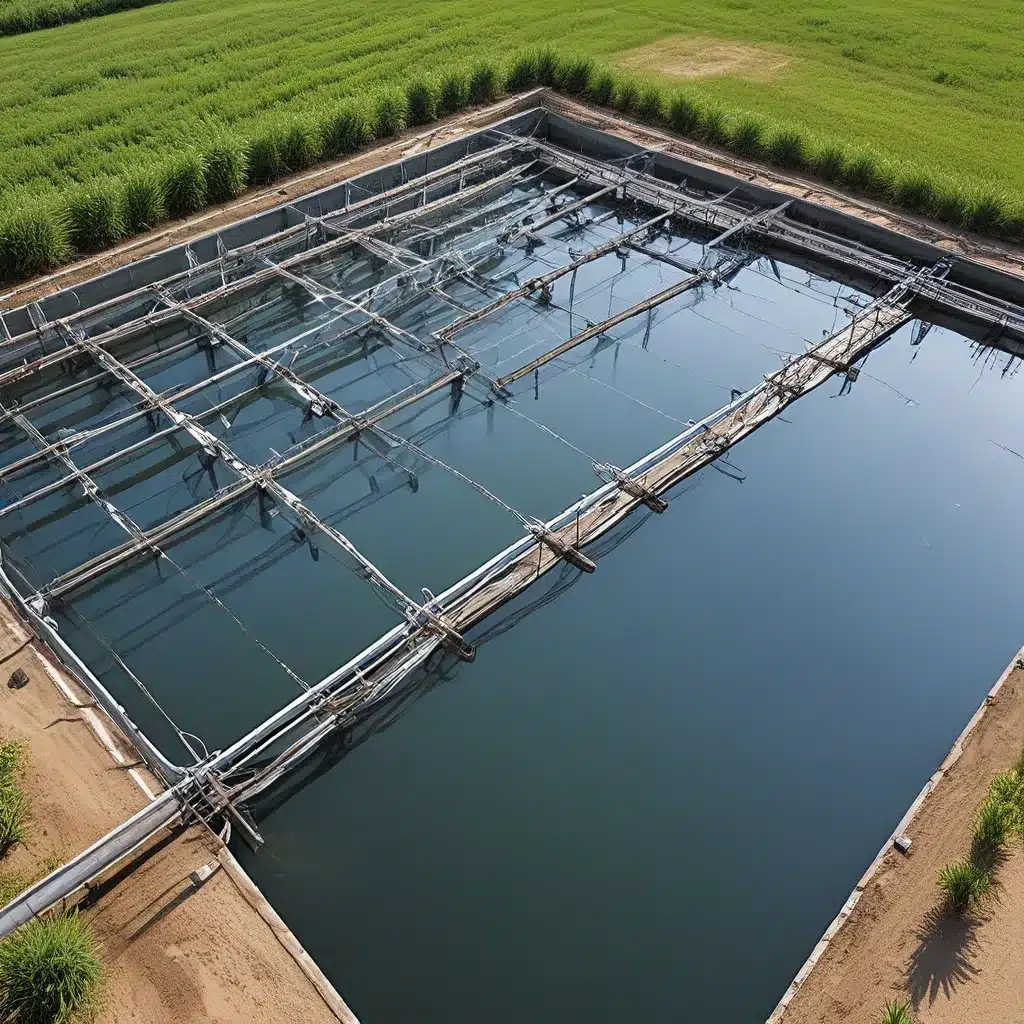
Unlocking the Potential of Waste-to-Energy Innovations
Imagine a world where wastewater treatment plants not only purify our water but also generate their own sustainable energy – a symbiotic relationship that benefits both the environment and our communities. This vision is no longer confined to the realms of science fiction, but a reality unfolding before our very eyes.
As we navigate the complexities of modern water management, the imperative for sustainable solutions has never been more pressing. The traditional approach of treating wastewater as mere waste has evolved, giving rise to innovative waste-to-energy technologies that are transforming the water treatment landscape.
Innovative co-digestion systems are at the forefront of this revolution, seamlessly integrating the processing of sewage and organic waste to produce biogas – a renewable energy source. By harnessing the power of this symbiotic relationship, cities are edging closer to energy self-sufficiency in their water treatment efforts, effectively reducing their carbon footprint.
Singapore’s pioneering co-digestion initiative serves as a shining example of this paradigm shift. Their water treatment facilities have evolved into green energy powerhouses, setting new standards for sustainability and energy efficiency. Through the ingenious integration of sewage and food waste, these plants are able to generate biogas, a renewable fuel that can be used to power their own operations, or even be fed back into the grid to benefit the broader community.
But the transformation doesn’t stop there. Across the globe, state-of-the-art waste-to-energy facilities are redefining the future of sewage management. Hong Kong’s T-PARK, for instance, has taken sustainable waste management to new heights. This cutting-edge facility employs advanced technologies like thermal conversion and gasification to extract valuable energy from sludge, setting new benchmarks for environmental stewardship and energy efficiency.
Harnessing the Power of Food Waste
The symbiotic relationship between water treatment and sustainable energy production extends beyond co-digestion systems. Wastewater treatment plants are now evolving into veritable green energy producers, thanks to the integration of food waste into their processes.
Leading wastewater treatment plants have recognized the untapped potential of food waste and are seamlessly incorporating it into their operations. By utilizing this overlooked resource, these facilities can generate increased quantities of biogas, a renewable energy source that can power their own processes or be fed back into the grid.
This innovative approach not only addresses the pressing issue of waste management but also contributes to the production of sustainable energy. It’s a win-win scenario that underscores the importance of embracing sustainable practices in water resource management.
Embracing the Future of Water Treatment
As we delve deeper into the world of waste-to-energy innovations, it becomes clear that the future of water treatment is inextricably linked with environmental sustainability and energy efficiency. These groundbreaking technologies and collaborative efforts are reshaping the way we perceive and manage our water resources, charting a course towards a more resilient and eco-friendly future.
Inland Waters Inc., a leading provider of water treatment and environmental services, is at the forefront of this transformation. By embracing the latest advancements in waste-to-energy technologies, they are not only addressing the pressing environmental challenges of our time but also contributing to a more sustainable and energy-efficient future.
Through their commitment to innovation and their unwavering focus on sustainable solutions, Inland Waters Inc. is paving the way for a new era of water management. By harnessing the power of waste-to-energy innovations, they are empowering communities to take control of their water and energy needs, while simultaneously protecting our precious natural resources.
As we navigate the complexities of modern water management, it’s clear that the future lies in the seamless integration of water treatment and sustainable energy production. The path forward is not without its challenges, but the potential rewards are immense. By embracing these revolutionary waste-to-energy technologies, we can create a future where water treatment is not just a necessary function, but a catalyst for a more sustainable and energy-efficient world.
So, let us embark on this journey together, where the very waste we’ve long grappled with becomes the key to unlocking a brighter, more sustainable future. The transformation has begun, and the time to act is now.


